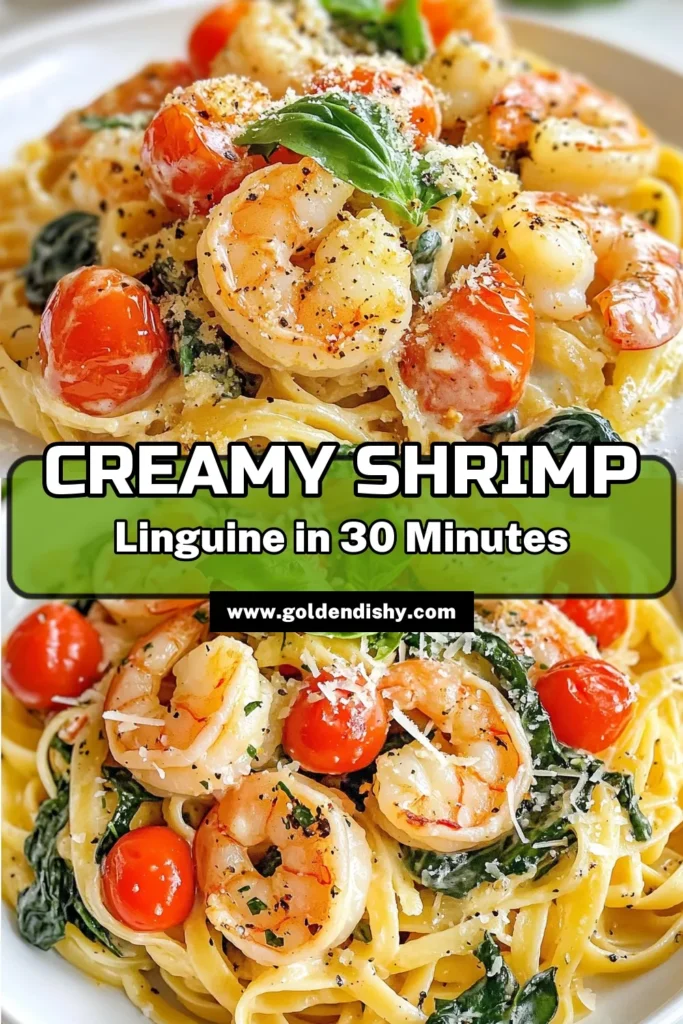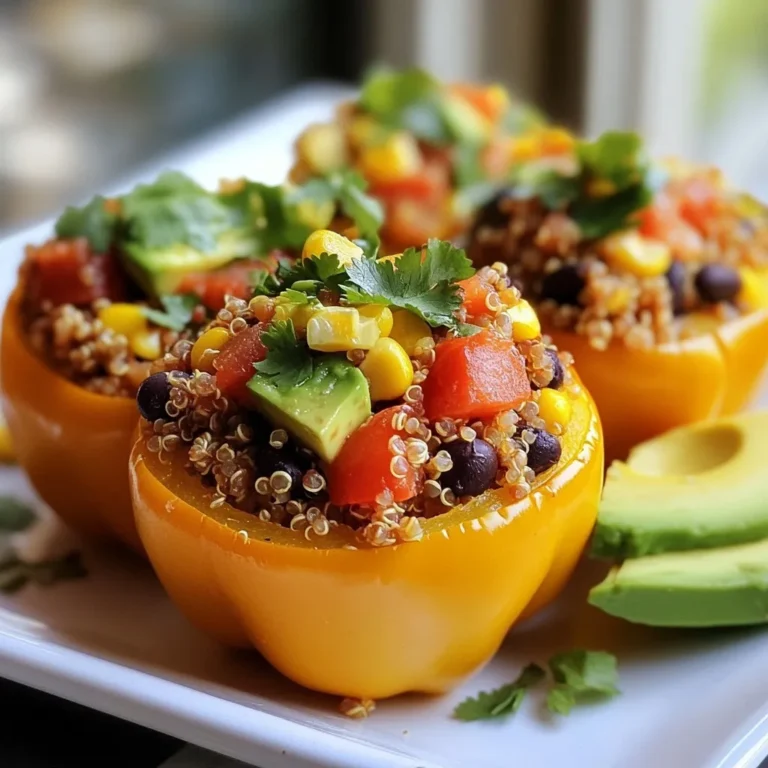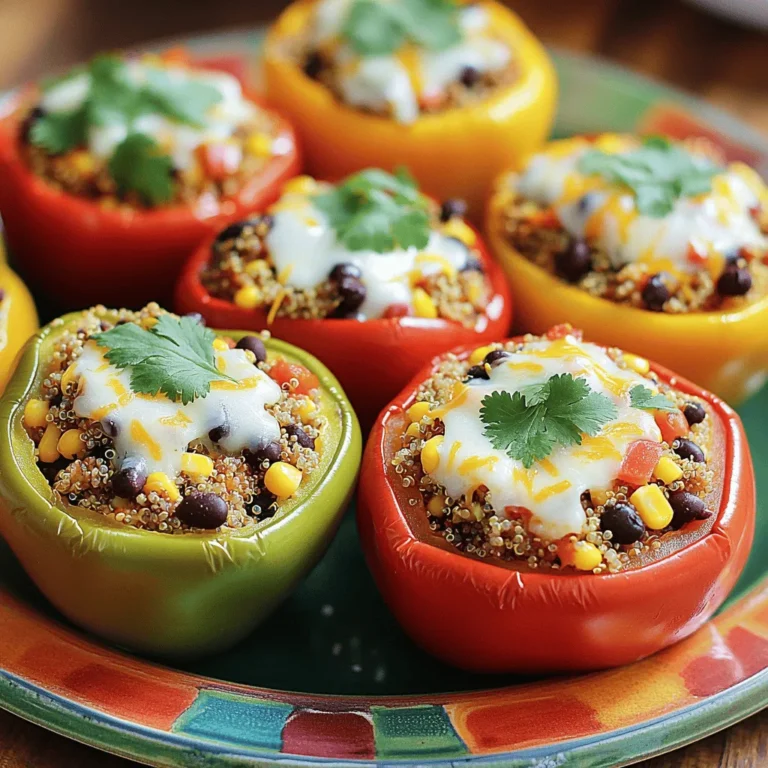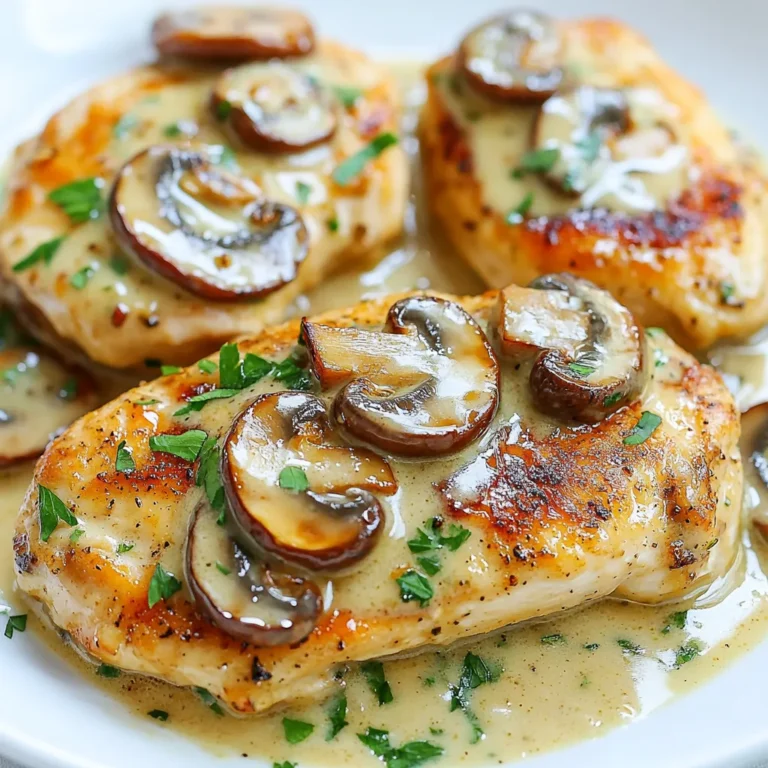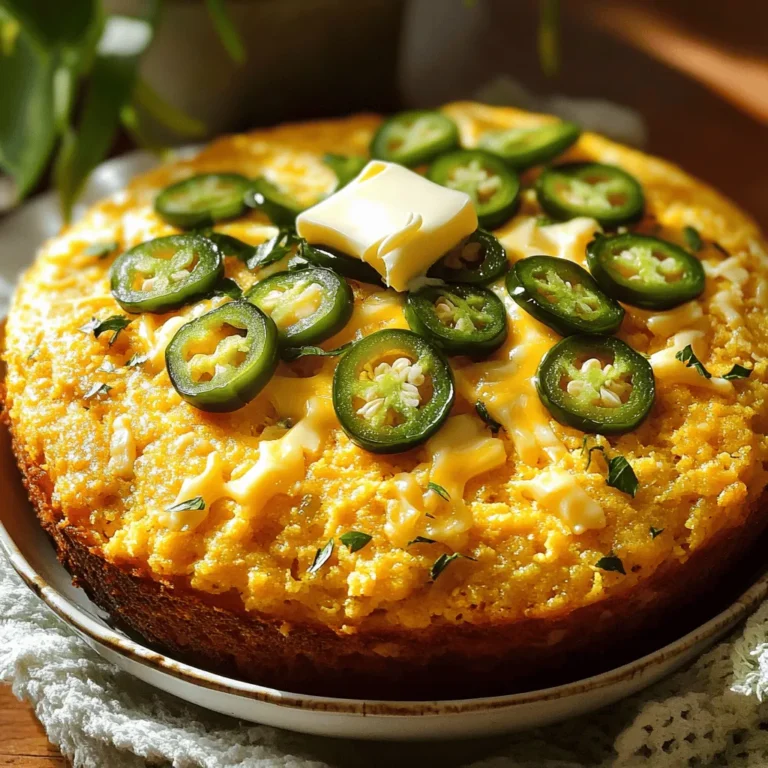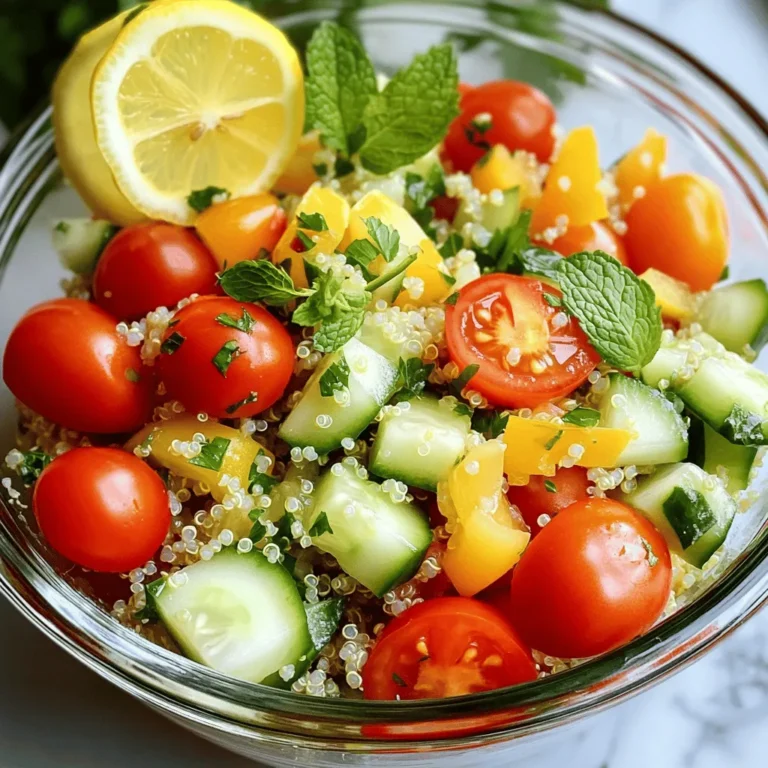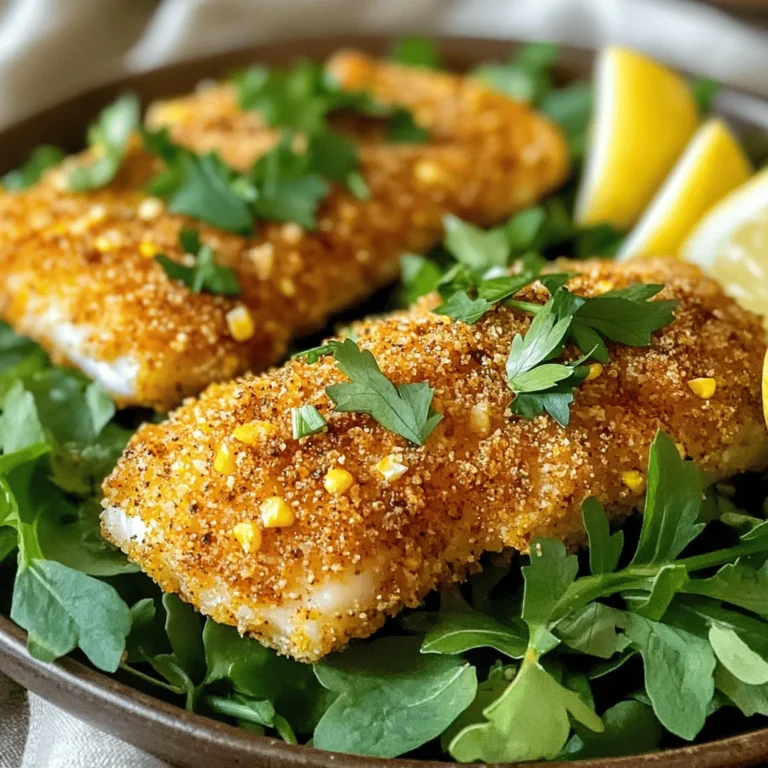Creamy Tuscan Shrimp Linguine Delightful and Easy Meal
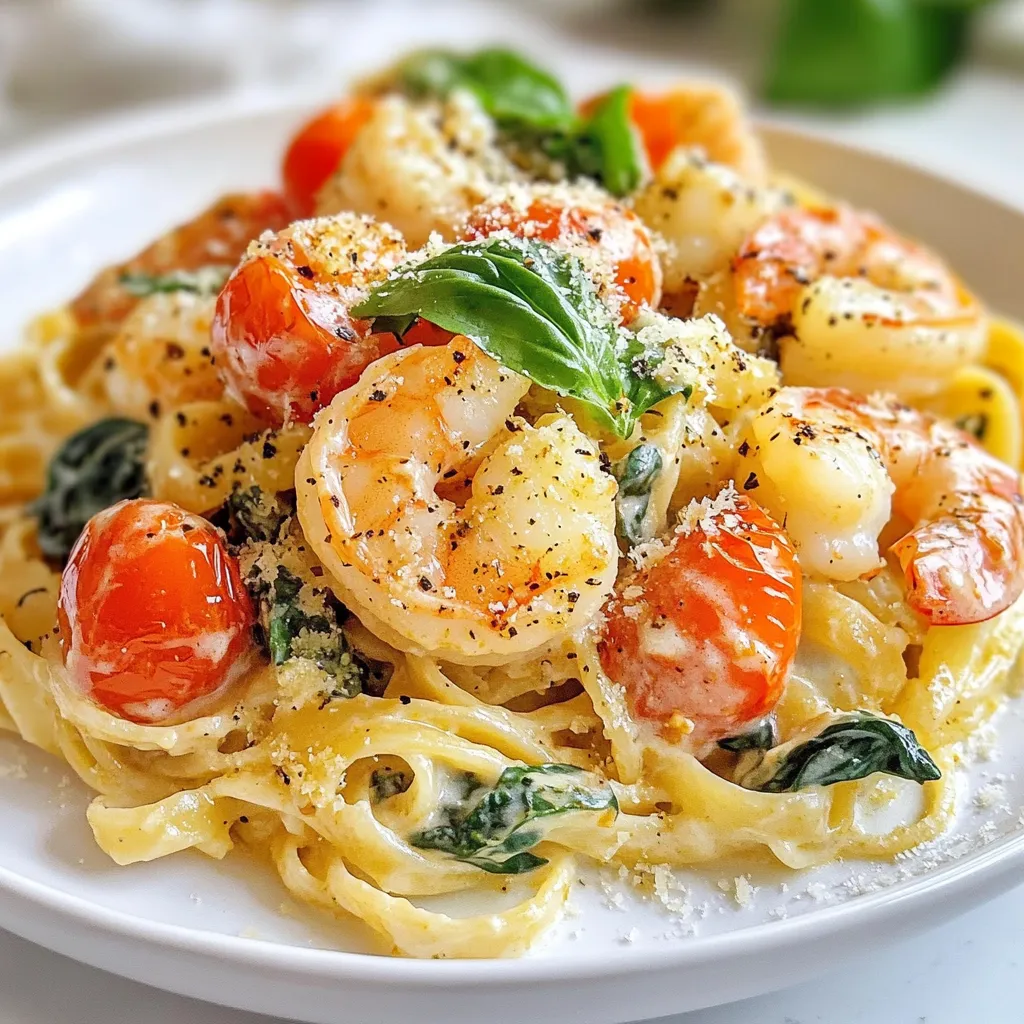
Indulge in a bowl of Creamy Tuscan Shrimp Linguine, where rich flavors meet simplicity. This delightful meal is perfect for busy weeknights or impressing guests. With just a few key ingredients, you’ll create a dish that’s both creamy and satisfying. Whether you’re a novice cook or a seasoned pro, my step-by-step instructions will guide you through. Get ready to elevate your dinner game and enjoy this easy recipe!
Why I Love This Recipe
- Deliciously Creamy: The combination of heavy cream and Parmesan cheese creates a rich and indulgent sauce that perfectly coats the linguine.
- Quick and Easy: This recipe comes together in just 30 minutes, making it perfect for a weeknight dinner or an impressive meal for guests.
- Fresh Ingredients: With vibrant cherry tomatoes and nutritious spinach, this dish is not only tasty but also packed with vegetables.
- Customizable: You can easily adjust the ingredients, swapping shrimp for chicken or adding your favorite vegetables for a personal touch.
Ingredients
List of ingredients for Creamy Tuscan Shrimp Linguine
– 8 oz linguine pasta
– 1 lb large shrimp, peeled and deveined
– 2 tablespoons olive oil
– 3 cloves garlic, minced
– 1 cup cherry tomatoes, halved
– 3 cups fresh spinach
– 1 cup heavy cream
– ½ cup grated Parmesan cheese
– 1 teaspoon Italian seasoning
– Salt and pepper to taste
– Fresh basil leaves for garnish
Optional ingredients for variations
You can add a splash of lemon juice for a fresh zing. Consider including sun-dried tomatoes for extra flavor. You might also try adding mushrooms for added texture. For some heat, red pepper flakes work well in this dish.
Suggested substitutions for dietary preferences
For a lighter version, swap heavy cream for half-and-half or coconut cream. If you are gluten-free, you can use gluten-free pasta instead of linguine. For a dairy-free option, try vegan cream cheese or cashew cream in place of heavy cream and Parmesan cheese. If you prefer a plant-based meal, replace shrimp with sautéed tofu or chickpeas.
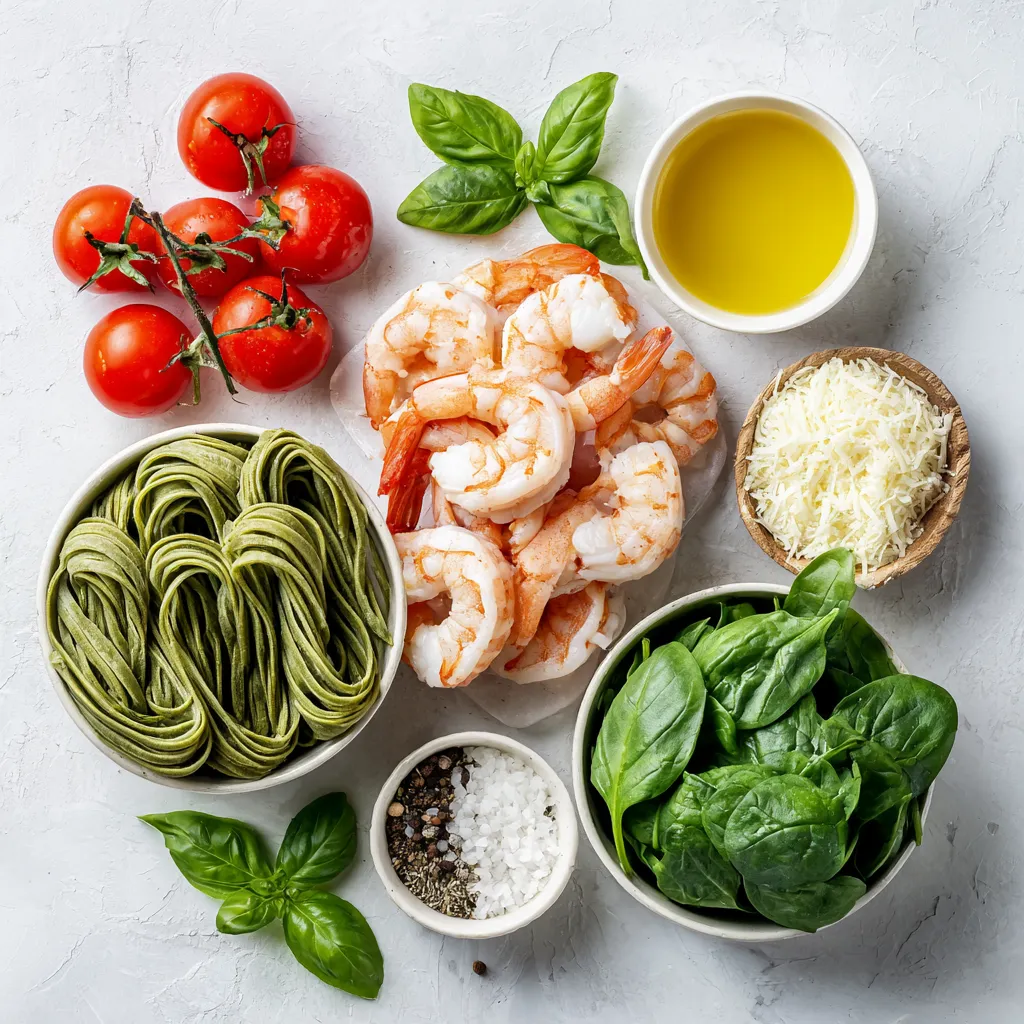
Step-by-Step Instructions
Preparing the linguine
Start by boiling water in a large pot. Add salt to the water. When it boils, add 8 oz of linguine pasta. Cook the pasta until it is al dente, following the package guide. After cooking, drain the pasta. Be sure to keep ½ cup of the pasta water for later.
Cooking the shrimp
Next, grab a large skillet. Heat 2 tablespoons of olive oil over medium heat. Once the oil is hot, add 1 lb of peeled and deveined shrimp. Season with salt and pepper. Sauté the shrimp for 2 to 3 minutes. They should turn pink and opaque. Remove the shrimp from the skillet and place them on a plate.
Sautéing garlic and vegetables
In the same skillet, add 3 cloves of minced garlic. Sauté for about 30 seconds until you smell the garlic. Be careful not to burn it. Then, add 1 cup of halved cherry tomatoes. Cook these for 3 to 4 minutes until they soften. Next, toss in 3 cups of fresh spinach. Cook until the spinach wilts.
Making the creamy sauce
Lower the heat to a gentle simmer. Pour in 1 cup of heavy cream. Stir well with the sautéed veggies. Add ½ cup of grated Parmesan cheese and 1 teaspoon of Italian seasoning. Stir until the cheese melts and the sauce becomes creamy.
Incorporating shrimp and pasta
Return the cooked shrimp to the pan. Mix well to coat the shrimp in the creamy sauce. If the sauce is too thick, add the reserved pasta water a little at a time until it reaches the right creaminess.
Plating and garnishing tips
Gently toss the cooked linguine into the skillet. Make sure every strand is coated in the sauce. Taste and adjust salt and pepper if needed. Serve the pasta on plates. Garnish with fresh basil leaves and extra Parmesan cheese if you like. Enjoy your meal!
Tips & Tricks
Best practices for perfectly cooked shrimp
To cook shrimp just right, know a few things. First, use large shrimp for a better bite. Pat them dry before cooking to avoid steaming. Heat your oil until it’s hot, then add the shrimp. Cook for 2 to 3 minutes. They should turn pink and opaque. Don’t overcook them; they can become tough.
Adjusting creaminess levels
If you want more creaminess, add more heavy cream. For a lighter dish, use less cream. You can also mix in some of the reserved pasta water to adjust texture. This keeps the sauce silky without adding more cream. Taste as you go to find the right balance for you.
How to enhance flavors with herbs and spices
Fresh herbs make a big difference here. Try adding chopped basil or parsley for brightness. You can also use a pinch of red pepper flakes for heat. A dash of lemon juice adds a nice zing. Experiment with flavors to make it your own and enjoy the taste of Italy!
Pro Tips
- Perfectly Cooked Pasta: Always cook your pasta al dente. It will continue to cook slightly when mixed with the sauce, preventing it from becoming mushy.
- Fresh Ingredients: Use fresh spinach and ripe cherry tomatoes for the best flavor. Fresh ingredients make a significant difference in this dish.
- Adjusting Consistency: If your sauce is too thick, add the reserved pasta water gradually. This will help to create the perfect creamy texture.
- Garnish for Flavor: Don’t skip the fresh basil garnish! It adds a burst of flavor and a beautiful presentation to your dish.
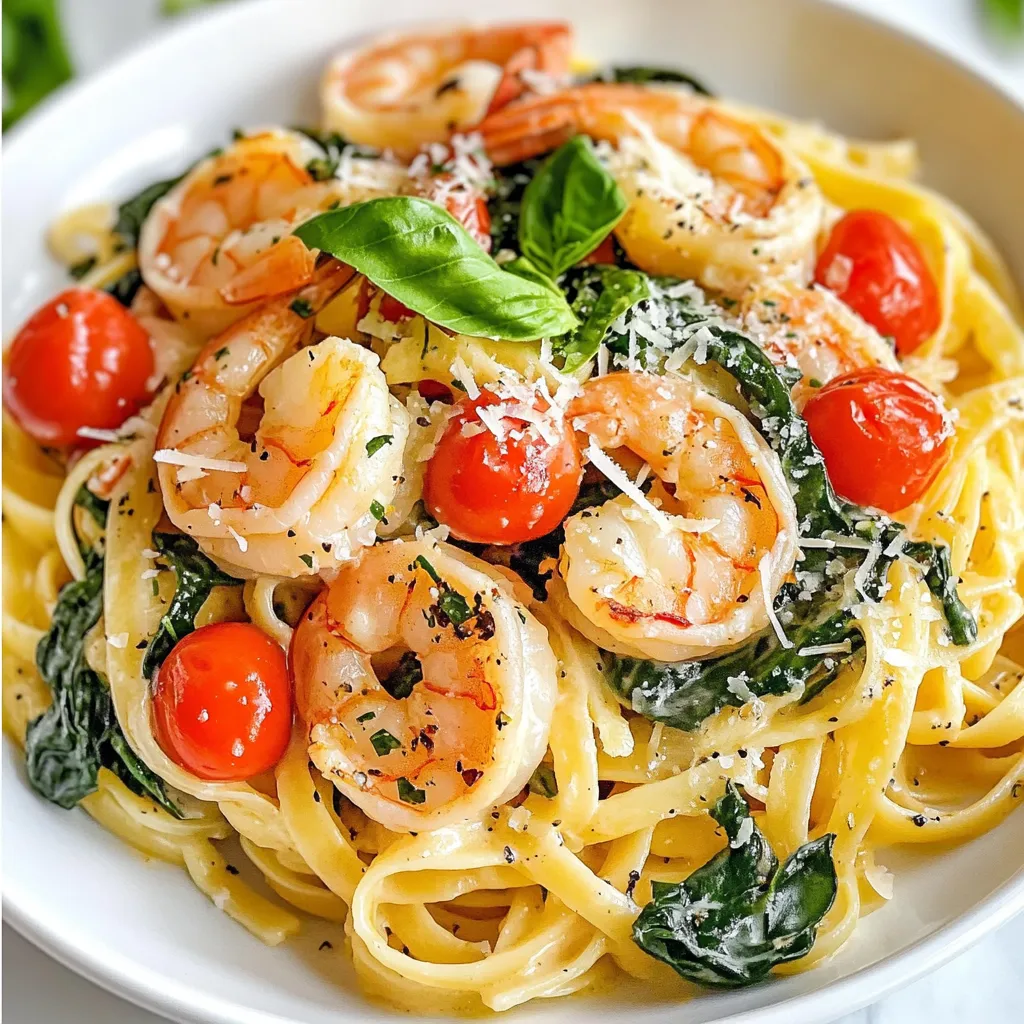
Variations
Adding different vegetables
You can make Creamy Tuscan Shrimp Linguine even better by adding more veggies. Consider bell peppers for crunch or zucchini for a fresh taste. Peas and asparagus also work well. Just remember to cook them until they are tender but still bright. Adding different veggies not only boosts flavor but also adds color to your dish.
Alternative proteins for the recipe
If you want to switch things up, try using chicken or scallops instead of shrimp. Chicken should be cooked until golden brown before adding veggies. Scallops need only a few minutes on each side until they turn opaque. Both options give a different taste while keeping the creamy sauce intact.
Gluten-free and dairy-free options
You can easily make this dish gluten-free by using rice pasta or zucchini noodles. For a dairy-free version, swap heavy cream with coconut cream or cashew cream. Nutritional yeast can replace Parmesan for a cheesy taste without dairy. These options help everyone enjoy this tasty dish without worry.
Storage Info
How to refrigerate leftovers
To refrigerate leftovers, let the dish cool down first. Place the creamy Tuscan shrimp linguine in an airtight container. It can stay fresh in the fridge for up to three days. Make sure to store it right away. This keeps the flavors intact and safe to eat later.
Tips for reheating Creamy Tuscan Shrimp Linguine
When reheating, use a skillet over medium heat. Add a splash of water or cream to avoid dryness. Stir often to warm it evenly. You can also use a microwave. Cover it with a damp paper towel to keep moisture in. Heat it in short bursts, stirring in between. This way, you keep the creamy texture.
Freezing options and best practices
Freezing is a great way to save leftovers. Place the cooled linguine in a freezer-safe bag or container. Remove as much air as possible to avoid freezer burn. It can last up to three months in the freezer. When you’re ready to eat, thaw it overnight in the fridge. Reheat as mentioned above for the best results.
FAQs
What can I substitute for heavy cream?
You can use whole milk or half-and-half. These options will make a lighter sauce. If you want a vegan option, try coconut milk or cashew cream. Each choice will change the flavor slightly, but they keep it creamy.
Can I use frozen shrimp?
Yes, you can use frozen shrimp. Just make sure to thaw them before cooking. Place them in cold water for about 15 minutes. This way, they will cook evenly and stay juicy.
How can I make this dish spicier?
To add heat, try red pepper flakes or diced jalapeños. You can also add hot sauce to the creamy sauce for an extra kick. Start with a small amount and taste as you go.
Is this recipe suitable for meal prep?
Yes, this dish is great for meal prep. You can cook it ahead and store it in the fridge for up to three days. Just reheat gently on the stove, adding a bit of water if needed to bring back creaminess.
You’ve learned how to make Creamy Tuscan Shrimp Linguine. I covered the ingredients, step-by-step cooking, and tips for great results. You can also explore variations and storage tips to make this dish your own.
Remember, cooking is about fun and creativity. Try adding your favorite veggies or spices. Enjoy this dish, share it, and make it a go-to meal. Happy cookin
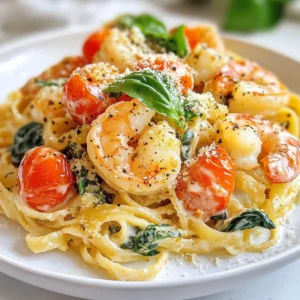
Creamy Tuscan Shrimp Linguine
Ingredients
- 8 oz linguine pasta
- 1 lb large shrimp, peeled and deveined
- 2 tablespoons olive oil
- 3 cloves garlic, minced
- 1 cup cherry tomatoes, halved
- 3 cups fresh spinach
- 1 cup heavy cream
- ½ cup grated Parmesan cheese
- 1 teaspoon Italian seasoning
- to taste salt and pepper
- for garnish fresh basil leaves
Instructions
- In a large pot, bring salted water to a boil. Add the linguine pasta and cook according to the package instructions until al dente. Once cooked, drain the pasta and set aside, remembering to reserve ½ cup of the pasta water for later use.
- In a large skillet, heat 2 tablespoons of olive oil over medium heat. When the oil is hot, add the peeled and deveined shrimp. Season generously with salt and pepper. Sauté the shrimp for 2 to 3 minutes or until they turn pink and opaque. Carefully remove the shrimp from the skillet and set them aside on a plate.
- Using the same skillet (add a bit more oil if necessary), add the minced garlic. Sauté for approximately 30 seconds or until fragrant, taking care not to burn it.
- Toss in the halved cherry tomatoes and cook for about 3 to 4 minutes, or until they start to soften. Fold in the fresh spinach and continue cooking until it's wilted, stirring occasionally to promote even cooking.
- Lower the heat to a gentle simmer. Pour in the heavy cream and stir together with the sautéed vegetables. Next, add the grated Parmesan cheese and Italian seasoning, stirring until the cheese is completely melted and the sauce becomes luscious and creamy.
- Return the sautéed shrimp to the pan, mixing well to coat them in the sauce. If the sauce appears too thick, gradually add the reserved pasta water a little at a time until you achieve your desired creamy consistency.
- Gently toss the cooked linguine into the skillet with the creamy shrimp sauce. Ensure that every strand of pasta is well coated with the rich mixture. Taste and adjust salt and pepper as needed.
- Plate the pasta immediately, garnishing with fresh basil leaves and an extra sprinkle of Parmesan cheese, if desired.

